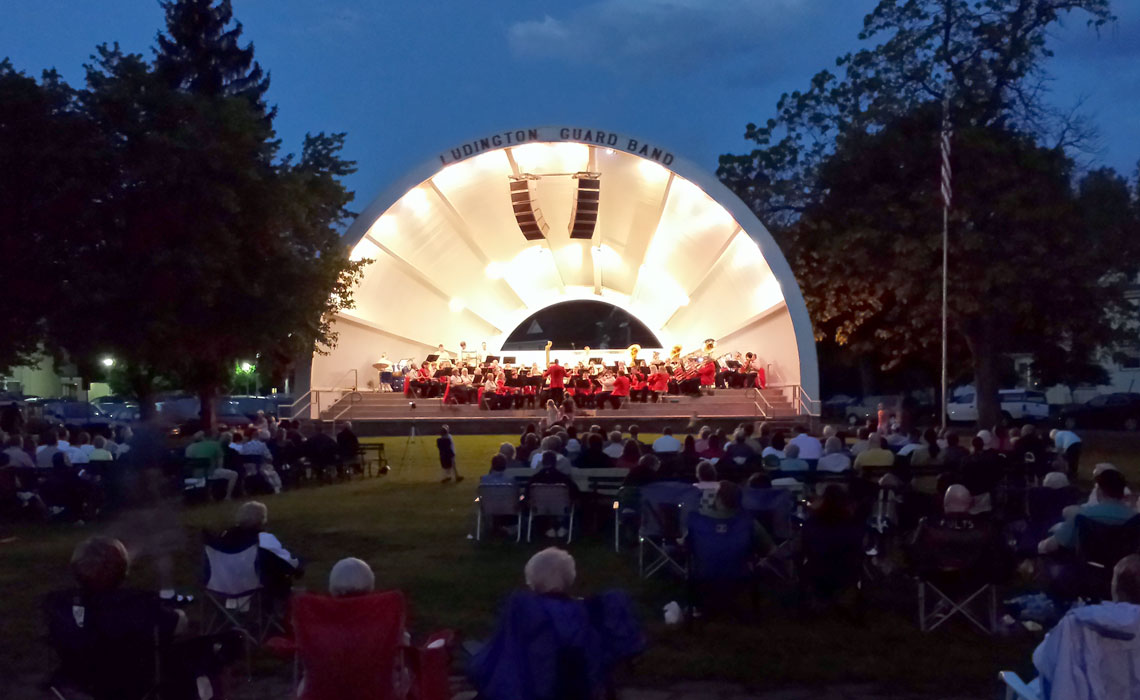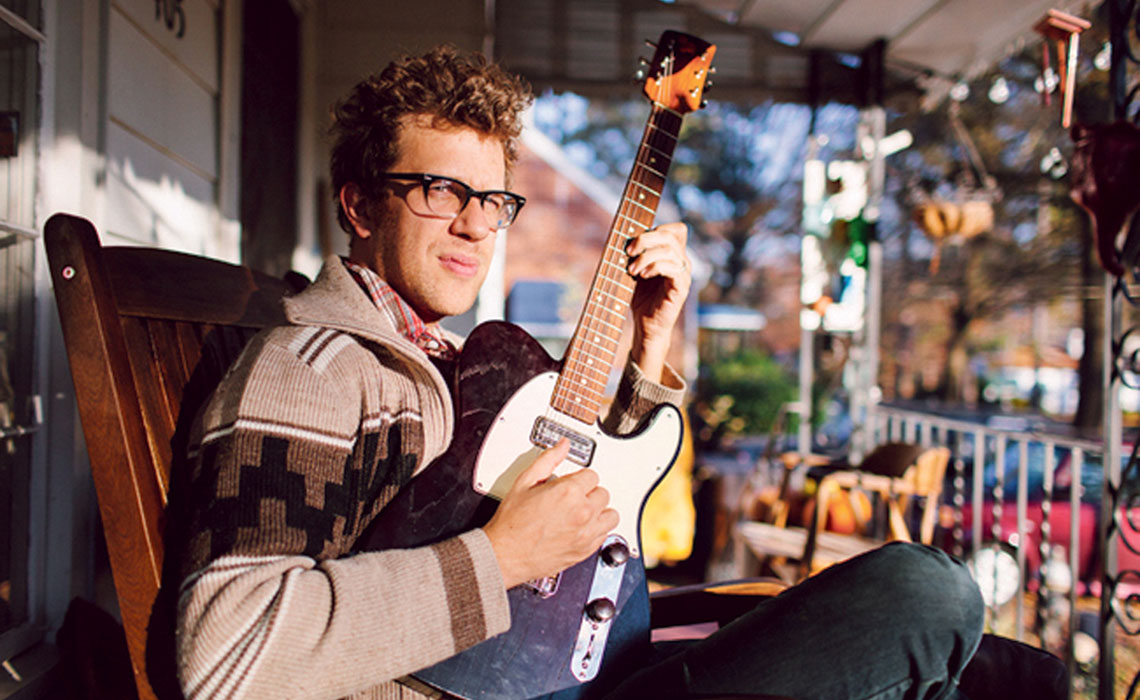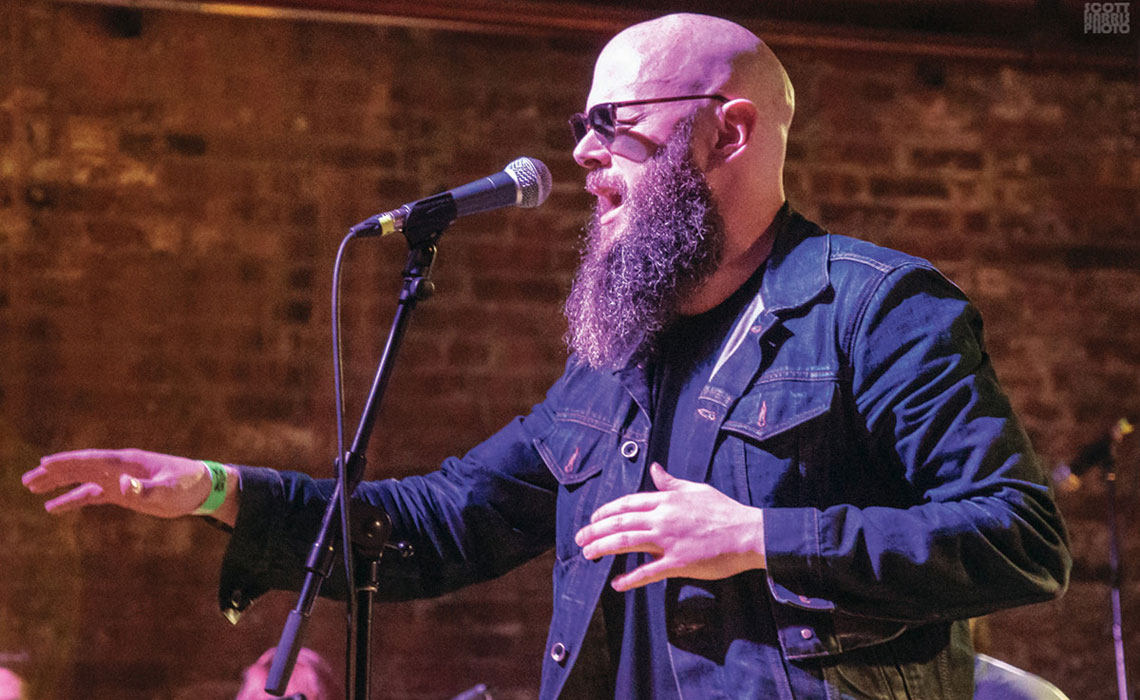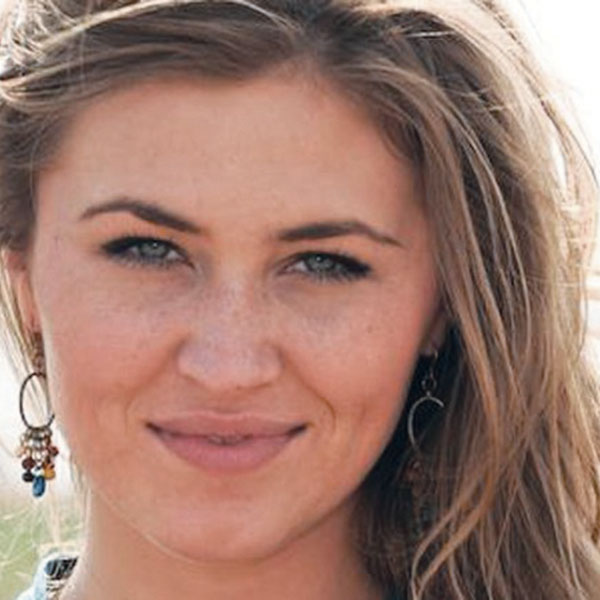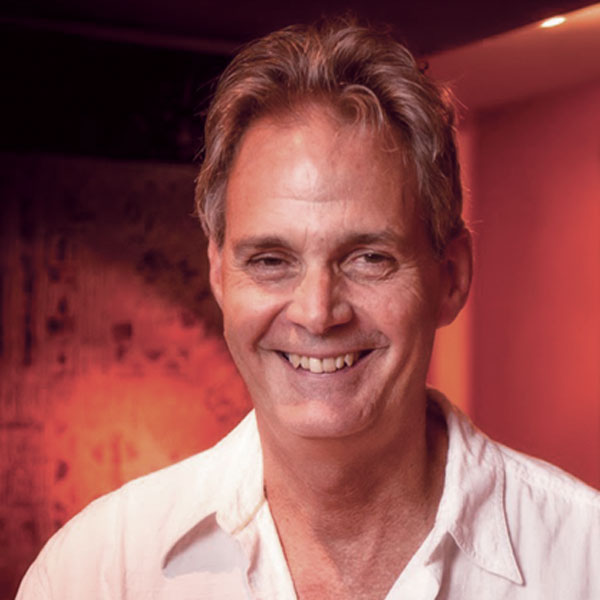1 Flugelhorns & Fishnets
the Valley’s musical traditions range from brass bands to rock ’n’ roll decadence
by Scott Morfitt
Our traditions are not just steeped in history and high art. Some of our traditions are also sweaty and smell a bit of lager, though what truly makes this so poignant is you get to see the same musicians and fans enjoying this wide spectrum of musical traditions – sometimes even crossing through both ends of the spectrum in one night.
Bands and Band Shells
One of the oldest of these is Menomonie’s Ludington Guard Band. Officially founded in 1888 after supporting a cavalry regiment of the same name, the band was organized by Charles Ingraham. Over time the band has grown from 11 to 70 members. From its early days on, this band played throughout this region bringing soaring music to warm summer days.
Keeping Eau Claire covered in both patriotic standards and cinematic scores is one of our oldest community organizations, the Eau Claire Municipal Band. This band not only provides free entertainment to fans throughout the summer months in the historic Sarge Boyd Bandshell at Owen Park but also is a great example of inclusivity: Membership in the band is open to musicians of all ages, and musicians are encouraged to just bring their instruments and music stands and the band will help with the rest.
However, ensemble traditions are not limited to Sousa marches and Fantasia orchestrations. We also are privileged to have an amazing choral ensemble, The Master Singers; traditional orchestra music from the Eau Claire Chamber Orchestra; symphonic masterpieces from the Chippewa Valley Symphony Orchestra; and a cornucopia of jazz stylings from the Chippewa Valley Jazz Orchestra.
A Night of Decadence
Next, we get to the part where our tradition wears fishnets: the Decadent Cabaret. This staple of the Eau Claire music scene has featured a definitive listing of rock bands from this area. We’re talking pretty much every band that’s ever lived in or near this town. Making it even better these bands are playing cover tunes. To complete the fungasm, this is also a costume party.
Throughout its 35 years this festival has been held at many former venues like the Golden Chair, Brat Kabin, and Stone’s Throw before making finding its current home at the House of Rock for the last 11 years.
What keeps this tradition alive is simply the wealth of talent from Eau Claire bands and a labor of love from the many people who have organized it. This festival attracts the whole gamut of sub-genres that we use to divide rock ’n’ roll. This is not just three days of amazing music; this is a musical reunion that unites many scenes and crosses age boundaries. It’s the bridge that a sustainable scene needs.
Organizer Brent Kuechenmeister does have one critique: “I’d like to see more people coming out in costumes. The whole thing is intended to be Halloween, Mardi Gras, and New Year’s all rolled into one.”
Holiday Togetherness
Another holiday tradition that brings together Eau Claire is “Have Yourself a Merry Little Christmas, Eau Claire.” This annual online mixtape brings together lo-fi recordings from all sorts of Chippewa Valley musicians. The idea is quite simple: Artists email their home-recorded songs to organizer Andy Plank and he creates a playlist at VolumeOne.org in the order the songs were received.
What is crazy is the process results in one of the most listenable holiday compilations pretty much ever. The songs move between experimental dissonance and reverential beauty without a pretense that the compilation be anything other than a grouping of gifts under the Eau Claire music tree.
One thing that all of the above traditions have in common is the fingerprint of the UW-Eau Claire music program. Every one of these traditions involves musicians who spent hours plying their craft in the practice rooms and recital halls of the Haas Fine Arts Center.
That tradition is seen most publicly in the jazz program at the university. The program has produced Grammy nominees and hosts an annual Jazz Festival that fills every venue in downtown Eau Claire. This festival features performances from nationally renowned artists at historic venues such as the State Theatre. It includes the 52nd Street event, which fills every possible space in downtown with performances from area jazz ensembles of all styles and sizes. It’s the closest thing to a jazz South by Southwest I’ve ever seen.
In the end, all of these traditions have the same goal: to make great music and make this a better place. That’s what keeps many of us here year after year after year…
In the end, all of these traditions have the same aim: to make great music and make this a better place. That’s what keeps many of us here year after year, consistently blessed and amazed at the wealth of talent that runs deep in the Chippewa Valley.
If I missed your tradition that was not my aim at all. Either let me know in person and I’ll buy you a beer at The Joynt or, even better, post it below the online version of this article so we can all learn more.

